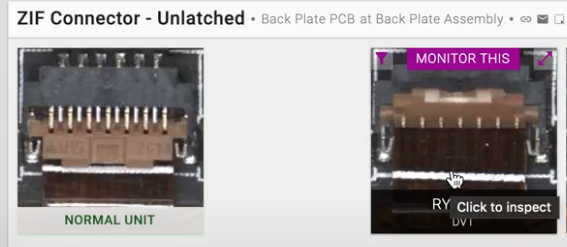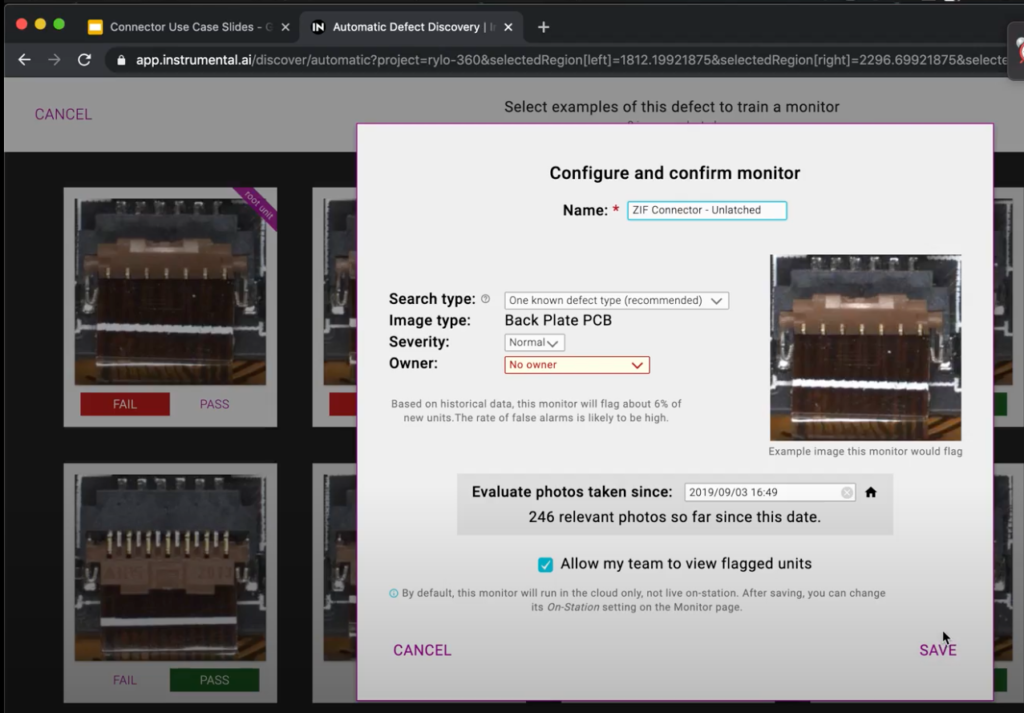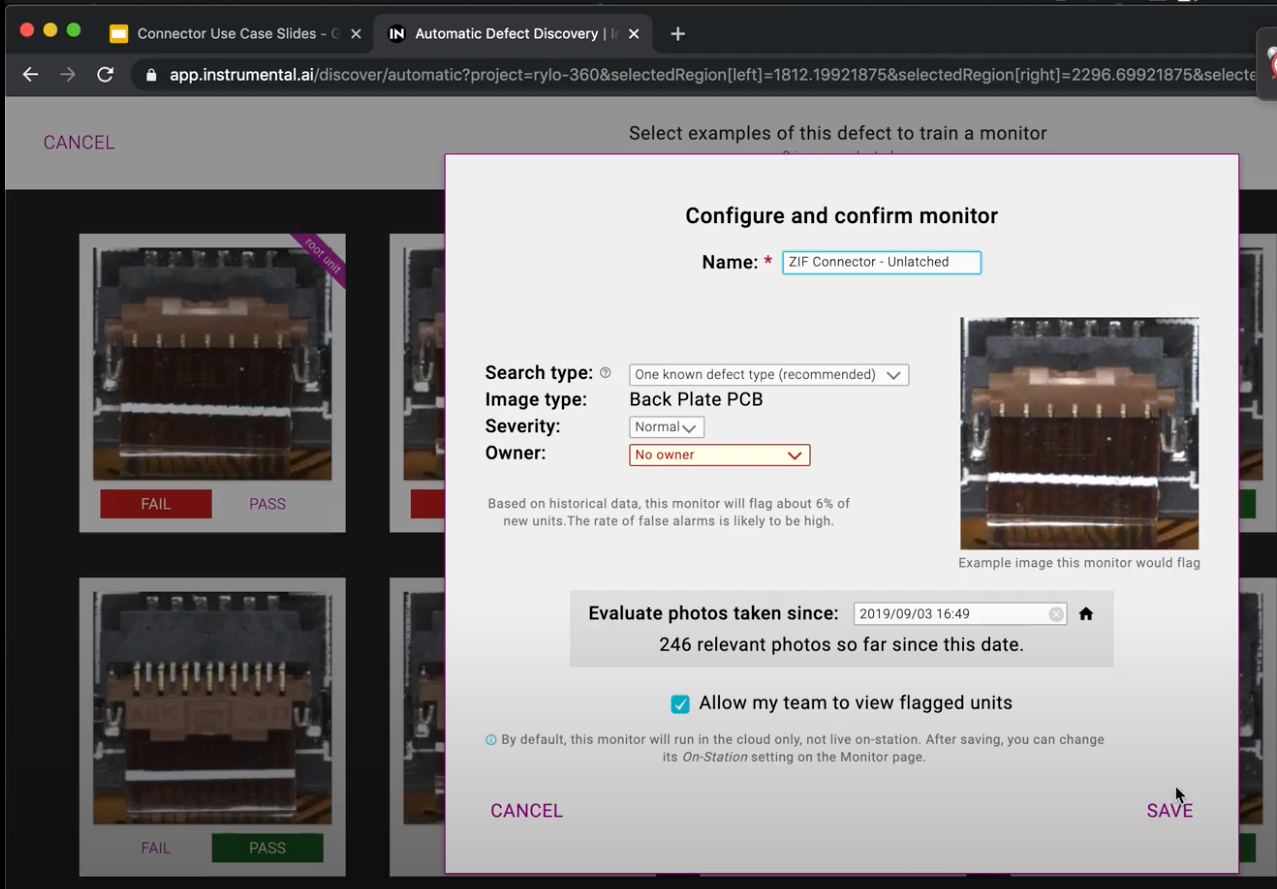Connector issues are a common problem for hardware engineering teams. Too often, these issues are found during functional tests late in the assembly process and can share multiple failure modes – making it easy for escapes to make it into the field. Diagnosing what really caused the problem, whether it’s in your process or faulty parts, can be tricky.
Was it a new operator? A changeover at the end of a shift? Human error is often a major cause, as operators have to push just the right amount on the connector to fasten it precisely, without damaging it. If they are too loose, teams will often struggle with connectors disconnecting during drop testing or after sending to customers. Finding the root cause typically takes a teardown, and likely additional DOEs to ensure that the design will work as expected when properly assembled.
This can be an extremely difficult challenge to overcome without a manufacturing optimization platform (MOP) like Instrumental on the line tracking each key stage of the assembly process. Without such a tool, it can also be an extremely expensive challenge to determine where, when, and how a connector became disconnected, loose, or damaged.
Examples of connector problems hardware teams may encounter

- The connector is partially connected or not connected at all at the factory, which gets caught by a functional test at the end of the line.
- The connector becomes disconnected in drop tests, but because drop tests include only a small set of units, it’s difficult to establish the scale of the problem.
- The product with a disconnected cable fails while a customer is using the product, which leads to customer returns and negative consumer reviews.
The best way to identify the root cause of connector issues and prevent them from occurring is to have a manufacturing optimization platform on the production line to catch problems quickly. If disconnected in process and image data is available, the issue can be corrected on the line before having to resort to a teardown.
Catching connector issues with Instrumental
Instrumental captures an image of each unit at every milestone, uploads it to our secure cloud-based solution, and our AI analyzes the entire build process to discover any anomalies or potential defects. If the AI recognizes that a connector is loose or disconnected, it will aggregate all images that contain units with similar issues.

You can then monitor this issue over time to determine the root cause and validate your corrective actions. Instrumental also gives you the option of setting up pass/fail tests on the line so that your quality teams on the factory floor can catch issues before they escape.

Instrumental can use this data to generate automatic reports or show defect rates over time. By identifying the root cause of the connector issues, your company can take corrective action, implement a solution, and track it to see if it actually works.

Is your company facing a challenge like this? Do you have questions for our team about how Instrumental works and can help your company? Please contact us or request a demo. Thanks!
Related Topics



